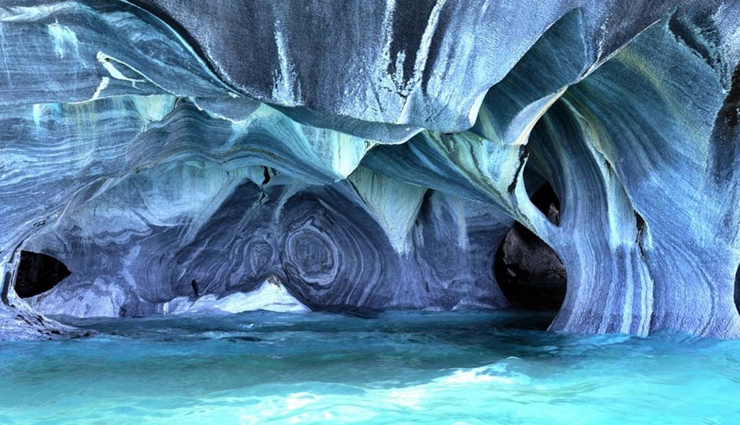
Every Indian state has a number of caves worth exploring, each with a unique mix of history, spirituality and adventure. Some are even major religious destinations and heritage spots that date back to pre-historic times.

Ajanta and Ellora are some of the most famous caves in India. They are carved into a hillside near the town of Jalgaon in Maharashtra. The 34 Buddhist, Hindu and Jain caves at Ellora date back to the 6th and 11th centuries AD, and 29 Buddhist caves at Ajanta that date back to the 2nd century BC and 6th century AD. They are famous for their beautiful art and sculptures, of both deities and abstract designs.
Amarnath cave in Jammu and Kashmir is located near Srinagar and is known for its shrine to the Hindu deity Shiva, which is said to be thousands of years old. It has an icy stalagmite that resembles the Shiva Linga. Surrounded by snowy mountains, it is situated at an altitude of 3,888 meters and is only open in the summer.
The small villages of Badami, Aihole and Pattadakal (all on the banks of Malaprabha River) are known for intricately carved temples, caves and forts, all made from sandstone. They were once a part of the Chalukya Dynasty, which ruled the area between the 6th and 12th century. Don’t miss the 18-armed dancing Shiva at the Badami Caves, and the beautiful waterside Bhutanatha Temples.
Located on the banks of the Baghani River in Madhya Pradesh, the Bagh Caves are a set of 9 sandstone rock-cut monuments that are known for their outstanding Buddhist mural paintings and carvings. They are said to date back to the 4th century AD.
The Barabar Caves are said to be some of the oldest surviving rock-cut caves in India and date back to the Maurya Empire in the 3rd century BC. Located near Bodh Gaya, these caves were used by ascetics and are also full of Buddhist and Hindu sculptures and inscriptions from later periods.
Located near Kurnool, Belum Caves are the second largest natural caves in the Indian subcontinent. At over 4km in length, the caves were formed due to the erosion of limestone by the Chitravati River. This stunning underground wonder was once home to Buddhist monks.